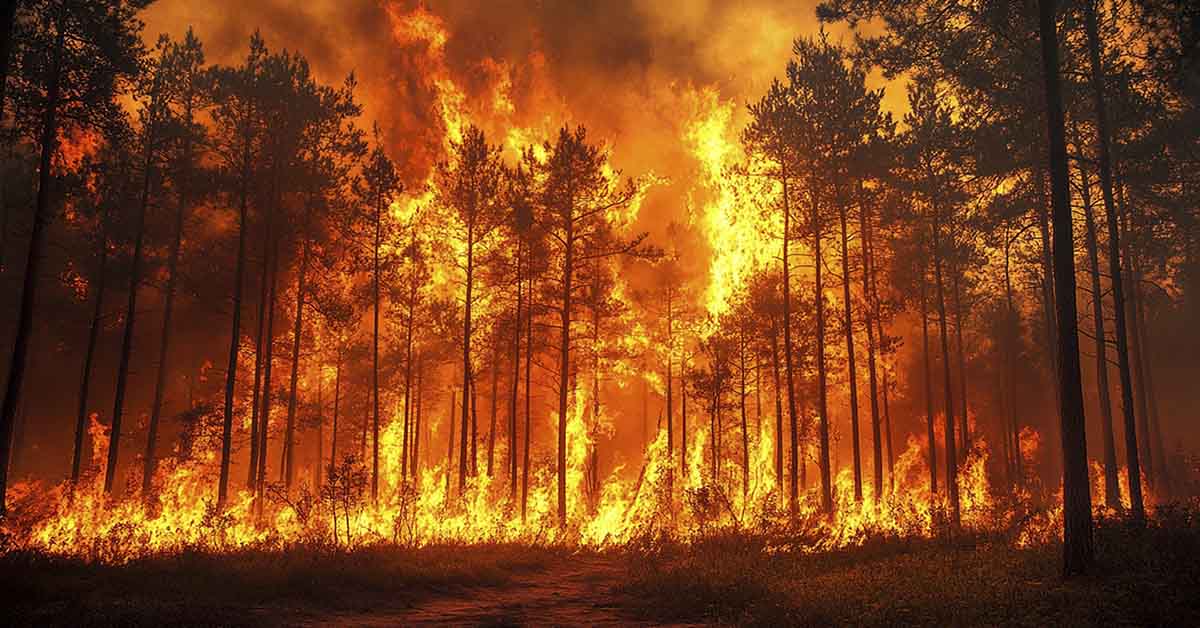California wildfire arson happens more than it should, but thankfully criminals do usually get caught.
Wildfires are not just a natural disaster; sometimes, they are man-made tragedies. Recently, a California man was convicted of starting the Line Fire, a devastating wildfire that burned through 44,000 acres in 2024. The event sparked controversies about negligence and climate conditions. While this man’s actions make headlines, the Line Fire sheds light on broader wildfire risks that affect millions.
Let’s unpack the details of the wildfire case while building a deeper understanding of wildfire causes and prevention. If you’re looking for answers about human responsibility in wildfire incidents, you’re in the right place.
The Incident That Sparked It All
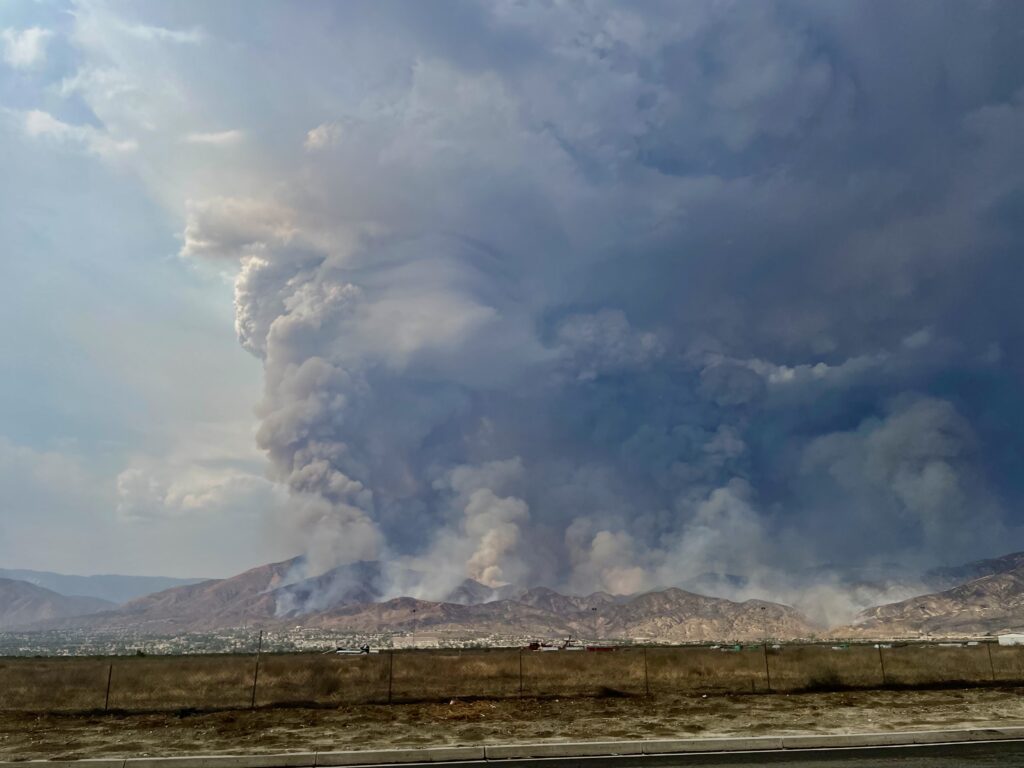
The Line Fire began in September 2024 near Highland, California. What started as small flames expanded into a monstrous blaze. Within hours, evacuation orders went out for towns like Running Springs, Forest Falls, and Angelus Oaks. For days, residents faced uncertainty as firefighters battled high temperatures and dry vegetation to contain the spread.
This wildfire forced over 4,000 residents to leave their homes. Many returned to find scorched lands and destroyed properties. Governor Gavin Newsom declared a state of emergency, emphasizing the severity of the situation.
Who Was Responsible and What Happened?
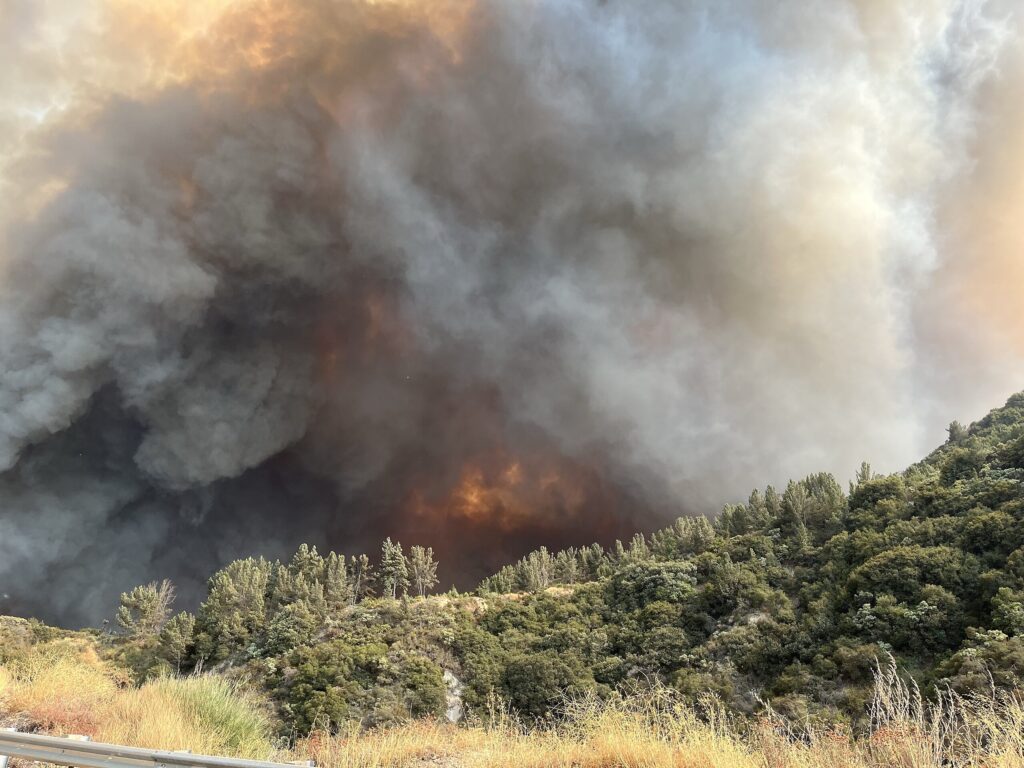
Justin Halstenberg from Norco, California, is the man guilty of starting the wildfire. According to the San Bernardino County District Attorney, Halstenberg made multiple arson attempts in a single day. While firefighters and a civilian extinguished his first two attempts, his third attempt resulted in the catastrophic fire.
Halstenberg now faces charges that include aggravated arson and possession of flammable materials. If convicted on all counts, he could serve a life sentence. His case highlights the legal crackdown on individuals who create conditions that jeopardize communities and ecosystems. Several firefighters were injured in the blaze.
High Temperatures and Dry Conditions

While Halstenberg’s reckless actions ignited the fire, conditions in California made it nearly unstoppable. September 2024 saw record-breaking heat waves. Combined with dry vegetation, these conditions set the perfect stage for a blaze to explode in size. Climate trends show that California has dealt with increasingly frequent and intense wildfires due to hotter, longer summers and droughts.
The California wildfire arson demonstrates that even a small spark can have devastating outcomes when the environment is primed for disaster. This points to the urgent need for preventative measures, both in human behavior and climate action.
The Role of Firefighters in Preventing Disaster
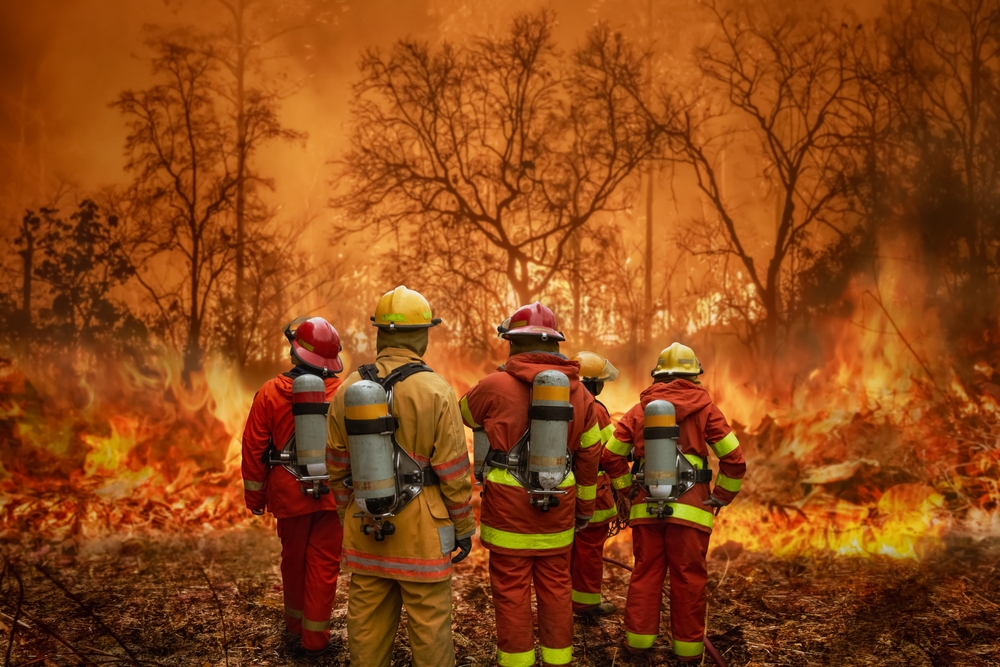
For firefighters, the days following the Line Fire’s start were nothing short of heroic. Crews worked around the clock to manage the rapidly spreading blaze. Using helicopters and bulldozers, they created fire lines to protect homes and keep flames at bay.
The San Bernardino County Sheriff’s Department praised firefighters for their swift and effective action. Thanks to their efforts, thousands of homes and lives were saved. Still, the event underscored the limits of firefighting teams when reckless behavior plays a role.
Lessons Learned From the Line Fire
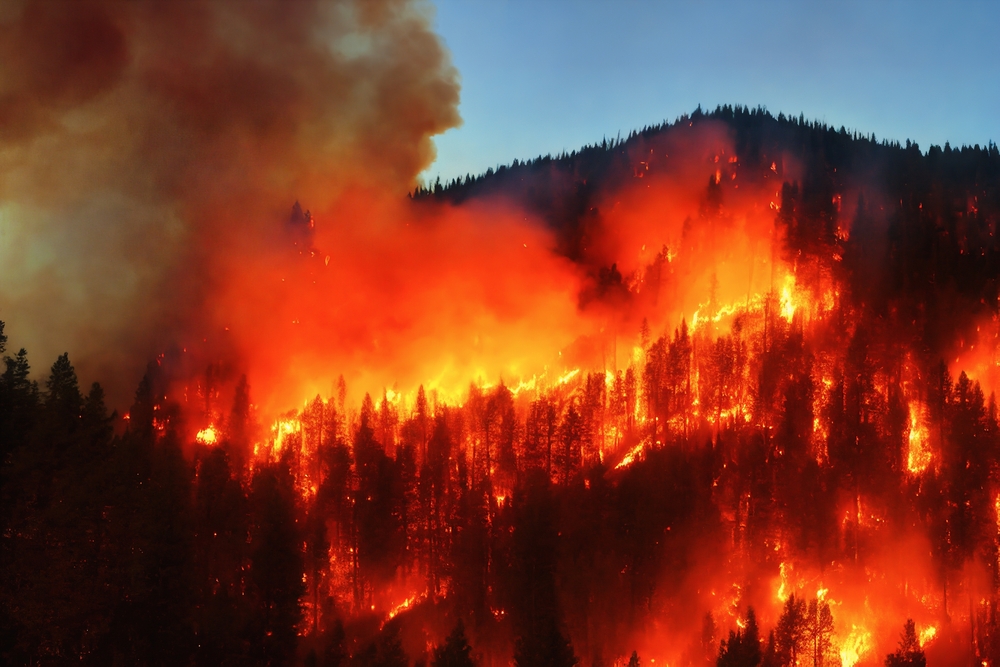
This incident serves as a cautionary tale for Californians and beyond. While wildfires are amplified by natural conditions, human actions are often the root cause. The Line Fire joins a growing list of wildfires that could have been prevented through responsible behavior. This case underscores why education and stricter penalties for arson are critical in reducing wildfire risks.
Authorities are urging communities to stay vigilant and report suspicious behavior. A single alert civilian stomped out one of Halstenberg’s early attempts, possibly preventing further destruction.
Long-Term Environmental Impact
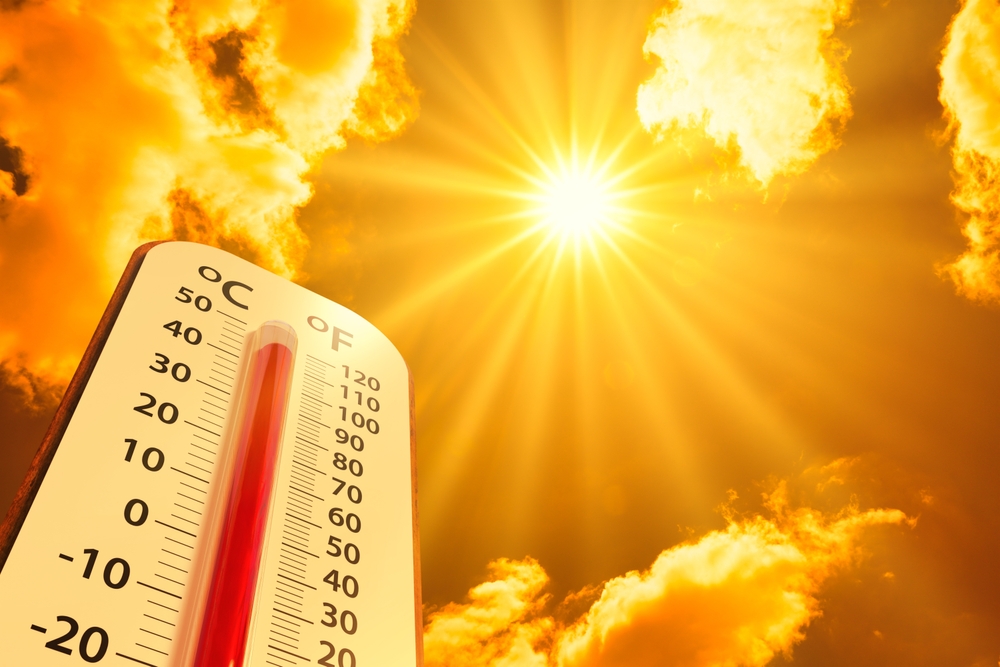
The impact of the wildfire stretches far beyond the immediate damage. Wildfires destroy ecosystems, displacing wildlife and taking decades for vegetation to recover. Without trees and vegetation, lands become prone to erosion, further damaging the landscape.
Additionally, wildfires release massive amounts of carbon dioxide into the atmosphere. Scientists confirm that fires like the Line Fire exacerbate global warming, creating a vicious cycle of worsening climate conditions.
Community Accountability

The Line Fire case raises questions about community accountability. Beyond individual actions, communities play a role in preventing wildfires. Efforts like clearing brush, building fire-resistant structures, and investing in early warning systems can reduce risks. Programs educating residents about fire safety can prevent accidents before they happen.
Would your community survive or fall apart in the face of a wildfire? Answering that question and acting on the gaps could make all the difference.
Moving Forward

When disasters like this wildfire occur, blame and responsibility often fall on a single perpetrator or uncontrollable conditions. But the truth is, wildfires like this highlight societal vulnerabilities. The solution requires a multi-layered approach – from stronger laws and education to tackling underlying environmental challenges like climate change.
Taking Action Against Wildfire Risks
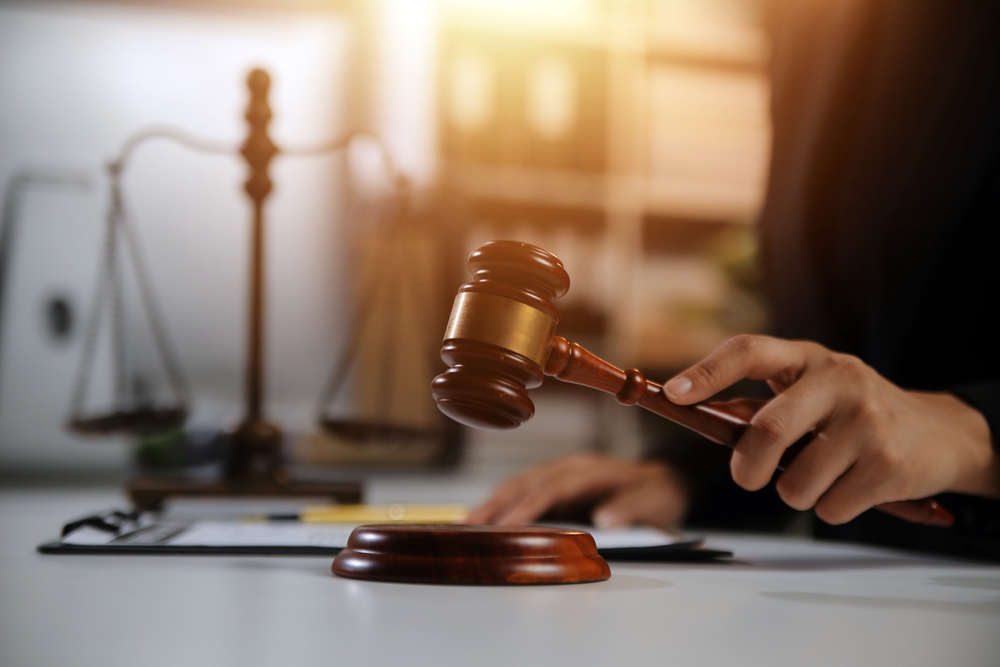
The trial of Justin Halstenberg closed one chapter of the California wildfire arson story, but the lessons should live on. Preventing wildfires requires collective action, vigilance, and a commitment to responsible behavior. If events like this remind us of anything, it’s that small actions have massive consequences, both destructive and preventable.
Start with what you can do in your own backyard. Clear flammables, join community fire safety initiatives, and stay informed. Together, we can make sure wildfires become less frequent, less severe, and less man-made.
This article was created with AI assistance and edited by a human for accuracy and clarity.
